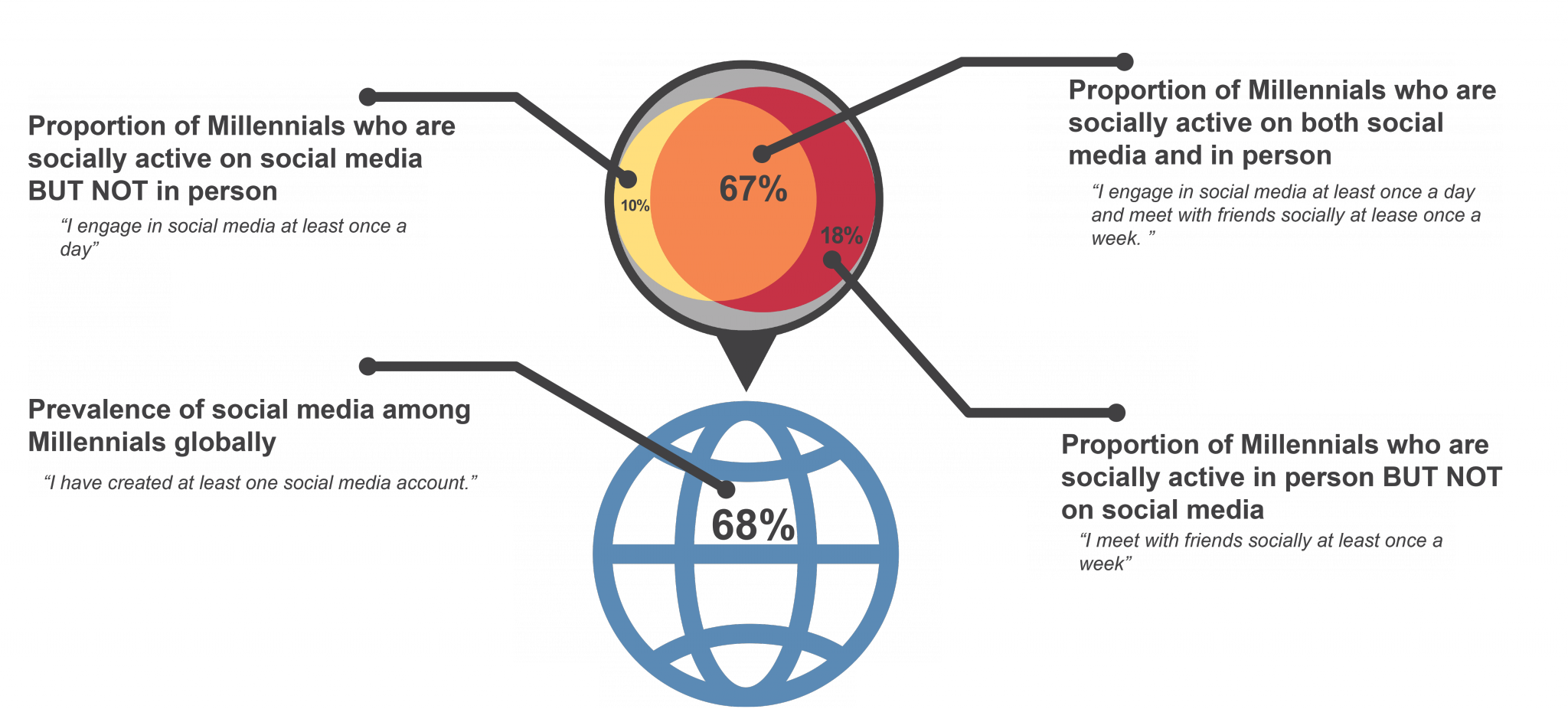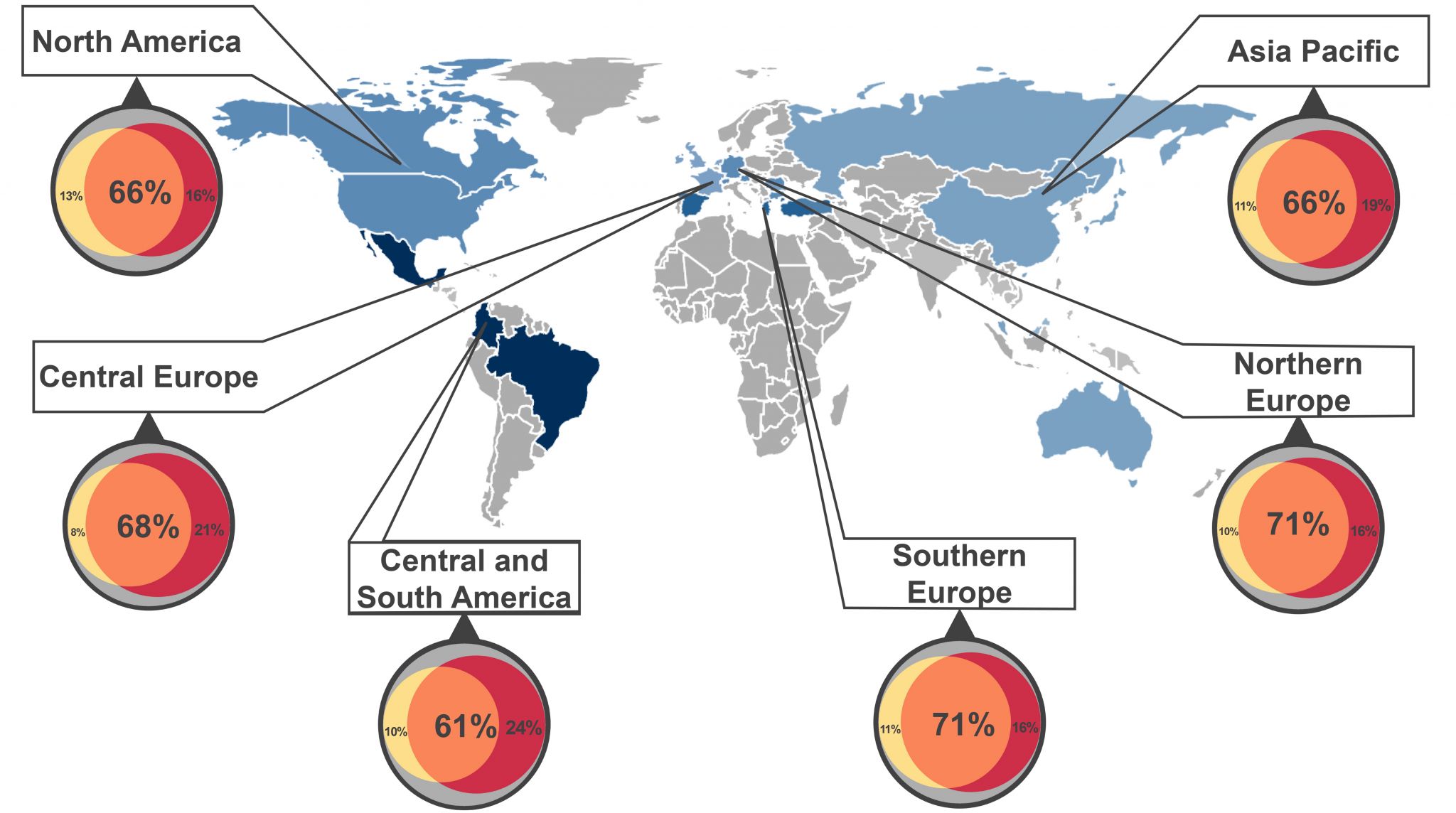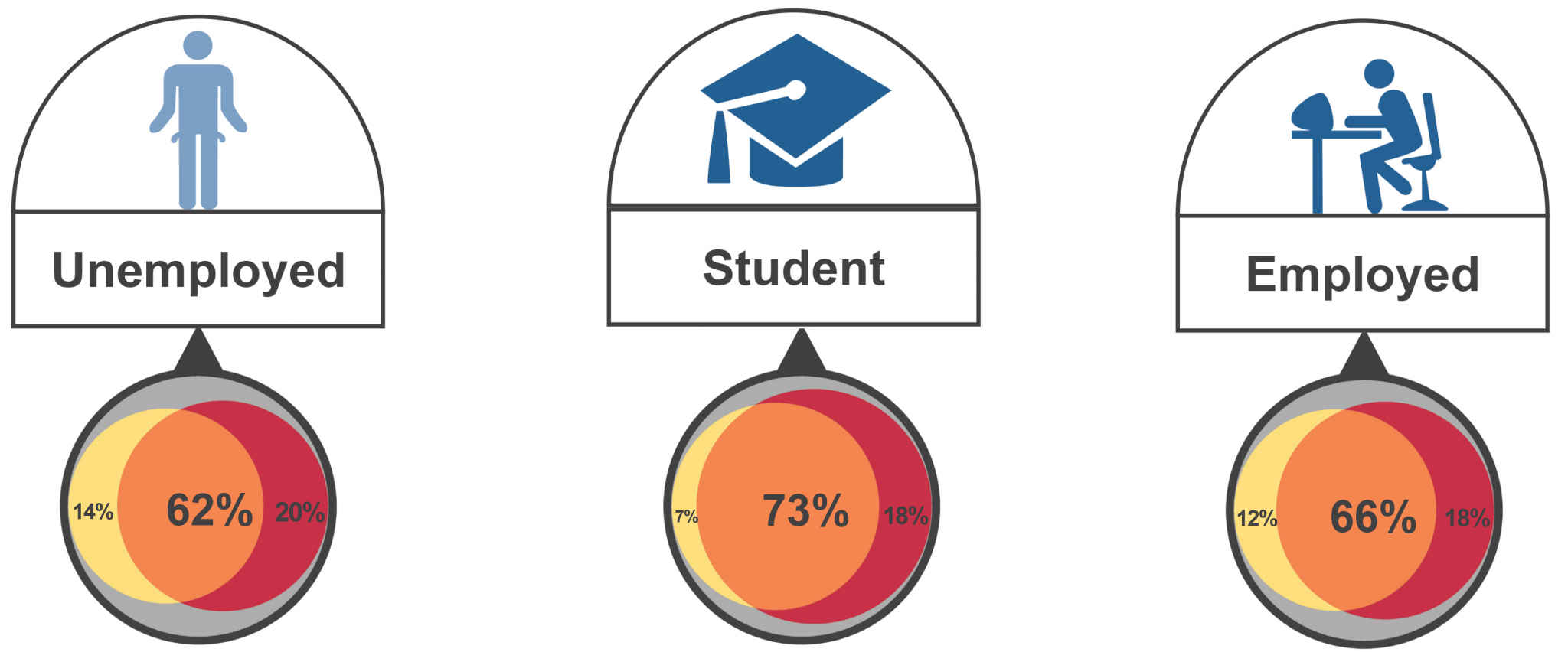
A Global Comparison Of Millennials: Is Social Media Replacing Social Interaction?
It’s hard to believe that this year marked only the 10th anniversary of Twitter’s official launch. At the time, few could have predicted that Twitter and other social networks like it would eventually change our world’s landscape and become engrained into the culture of an entire demographic cohort.
Millennials have spent the bulk of their lives culturally connected to social media and it is often said that they choose social media over real life interaction — but is that really the case? Are Millennials actually opting for digital interaction over the real-life alternative?
Across the globe, nearly 68% of our respondents indicated that they had indeed activated at least one social media account.




Find out how Environics can help your organization
Related insights

Bernice Cheung presents insights from recent survey outlining current acceptance rates of open banking among Canadians.

With World Health Day in mind, Vijay Wadhawan reflects on the shift from a "patient-centric" to "human-centric" approach within healthcare.

Bernice Cheung discusses the importance of building trust and confidence in Fintech, helping it flourish in Canada.
Toronto
366 Adelaide Street West
Suite 101, Toronto, ON
Canada M5V 1R9
416 920 9010
Ottawa
116 Albert St
Suite 300, Ottawa, ON
Canada K1P 5G3
613 230 5089
Calgary
421 7th Ave SW
Suite 3000, Calgary, AB
Canada T2P 4K9
403 613 5735
